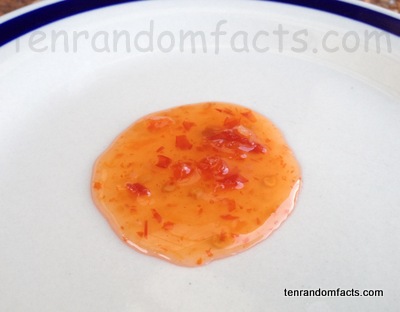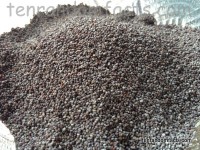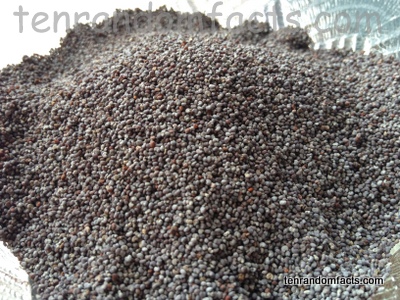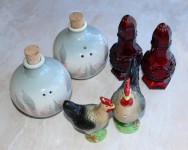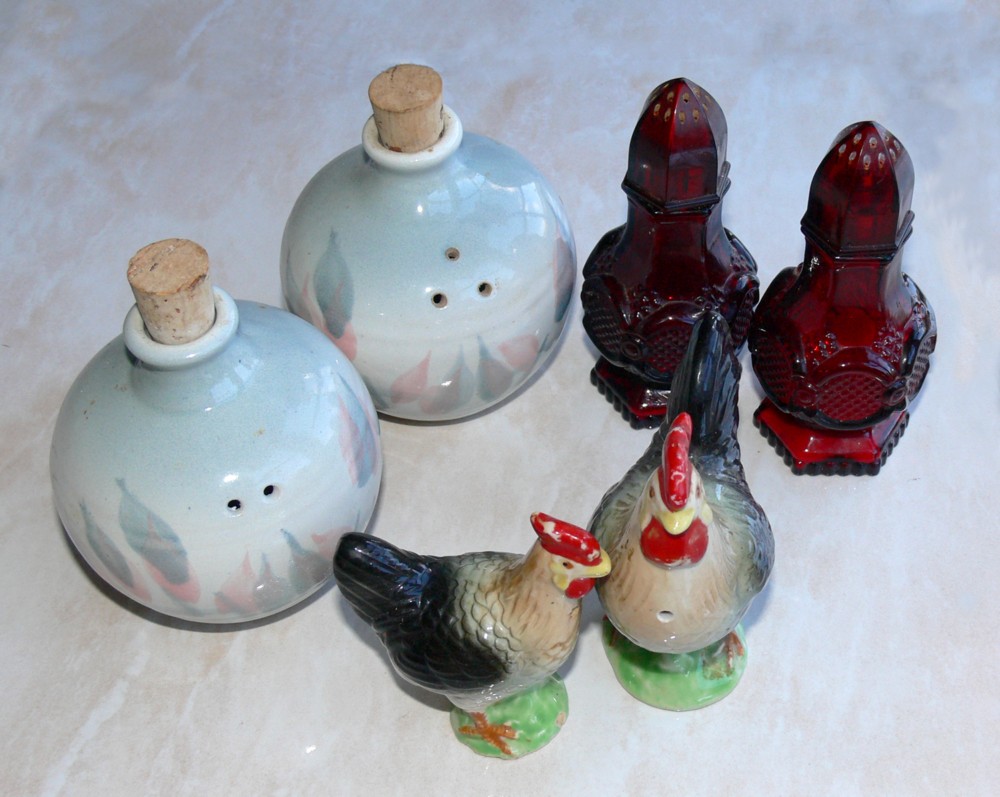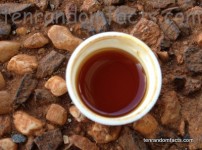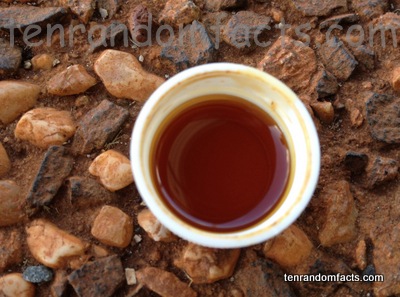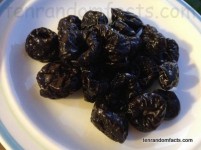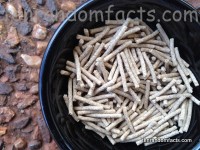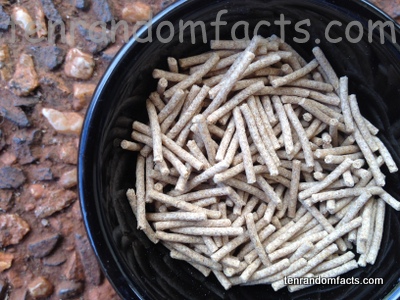
These facts are both sweet and hot, like sweet chilli sauce.
- Sweet chilli sauce is a sauce popular among Asian communities, particularly in Thai and Malaysian cultures, and is also commonly used in western countries, like Australia.
- Sweet chilli sauce is usually a thick, lumpy sauce that is red or orange in colour.
- Sweet chilli sauce is typically made with chilli and sweet fruit or sugar.
- Sweet chilli sauce is typically available in supermarkets and restaurants due to high popularity, and is generally purchased in a bottle, although there are many recipes for the condiment.
- Sweet chilli sauce is commonly used with Asian spring rolls as a dipping sauce, and is added to various meat and vegetable dishes to add flavour.
- Sweet chilli sauce sometimes includes extra spices and liquid, like vinegar or water, to add flavour and to create volume.
- Sweet chilli sauce is a good source of antioxidants, manganese, vitamin A and vitamin C.
- Sweet chilli sauce is often used as a replacement in western diets, for sauces such as tomato or barbeque.
- Sweet chilli sauce may contain vegetables, particularly tomato, to reduce the heat of the chilli and thicken the sauce.
- Sweet chilli sauce is usually made with mild chilli peppers, like Jalapeño or Serrano.
Bibliography:
Sweet Chilli Sauce, 2013, Wikipedia, http://en.wikipedia.org/wiki/Sweet_chilli_sauce
Sweet Chilli Sauce, n.d, Tarladalal.com, http://www.tarladalal.com/glossary-sweet-chilli-sauce-1306i
What is Sweet Chilli Sauce?, 2014, WiseGEEK, http://www.wisegeek.com/what-is-sweet-chilli-sauce.htm





